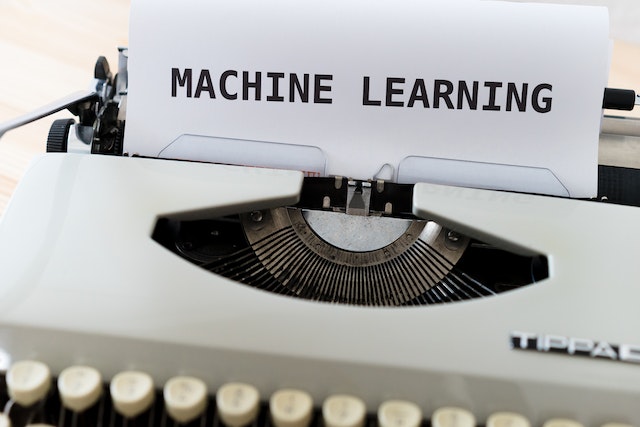Introduction
In the world of manufacturing and design, precision and efficiency are paramount. Traditional methods of cutting materials often fall short of these requirements. However, with the advent of digital cutting machines, a new era in fabrication has begun. These cutting-edge devices are transforming industries by providing unparalleled accuracy, speed, and versatility. In this blog, we’ll delve into the world of digital cutting machine, exploring their technology, applications, and the benefits they offer.
Unveiling the Technology
Digital cutting machines are a fusion of innovative technologies that have paved the way for a manufacturing revolution. Here are the core components and technologies that make them tick:
- Computer Numerical Control (CNC): At the heart of every digital cutting machine lies a computer numerical control system. CNC technology enables precise control of the cutting tool’s movements. This ensures that the machine follows a predetermined design with pinpoint accuracy.
- CAD/CAM Software: Computer-Aided Design (CAD) and Computer-Aided Manufacturing (CAM) software are integral to digital cutting machines. Designers create digital templates in CAD software, and CAM software translates these designs into machine-readable instructions.
- Cutting Tools: Digital cutting machines employ various cutting tools, such as blades, lasers, or water jets. The choice of tool depends on the material being processed and the desired outcome.
- Materials Handling System: These machines often feature an automated material handling system, which ensures seamless loading and unloading of materials. This eliminates the need for human intervention during the cutting process.
Applications Across Industries
The versatility of digital cutting machines makes them indispensable in numerous industries. Here’s a glimpse of how these machines are revolutionizing various sectors:
1. Manufacturing
In manufacturing, digital cutting machines are used for precision cutting of materials like metals, plastics, and composites. They can create intricate parts, gaskets, and prototypes with exceptional accuracy. This enhances productivity and reduces material wastage.
2. Textiles and Fashion
In the fashion industry, digital cutting machines have significantly improved the efficiency of pattern making and fabric cutting. They can precisely cut intricate designs and reduce manual labor, making them ideal for custom clothing production and large-scale manufacturing.
3. Packaging
Digital cutting machines are invaluable in the packaging industry. They enable the production of precisely cut, intricate packaging designs for various products. These machines also support rapid prototyping, reducing time-to-market for new products.
4. Signage and Graphics
For sign makers and graphic designers, digital cutting machines are indispensable. They can cut vinyl, foam board, and other materials for the production of signs, banners, and promotional materials. This technology allows for detailed and precise designs that were once challenging to achieve manually.
5. Automotive
In the automotive sector, digital cutting machines assist in fabricating intricate interior components, gaskets, and upholstery with precision. They are also used in the production of custom car wraps and graphics.
Benefits of Digital Cutting Machines
The adoption of digital cutting machines brings several compelling benefits to the table:
1. Precision
Digital cutting machines are incredibly accurate, ensuring that every cut is consistent and meets exact specifications.
2. Speed
These machines operate at high speeds, significantly reducing production time and increasing overall efficiency.
3. Material Efficiency
Precise cuts minimize material waste, reducing costs and environmental impact.
4. Customization
Digital cutting machines excel at producing custom designs, making them ideal for small-batch and personalized production.
5. Reduced Labor
Automation reduces the need for manual labor, saving both time and manpower costs.
